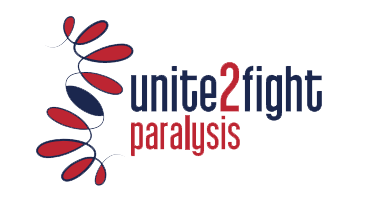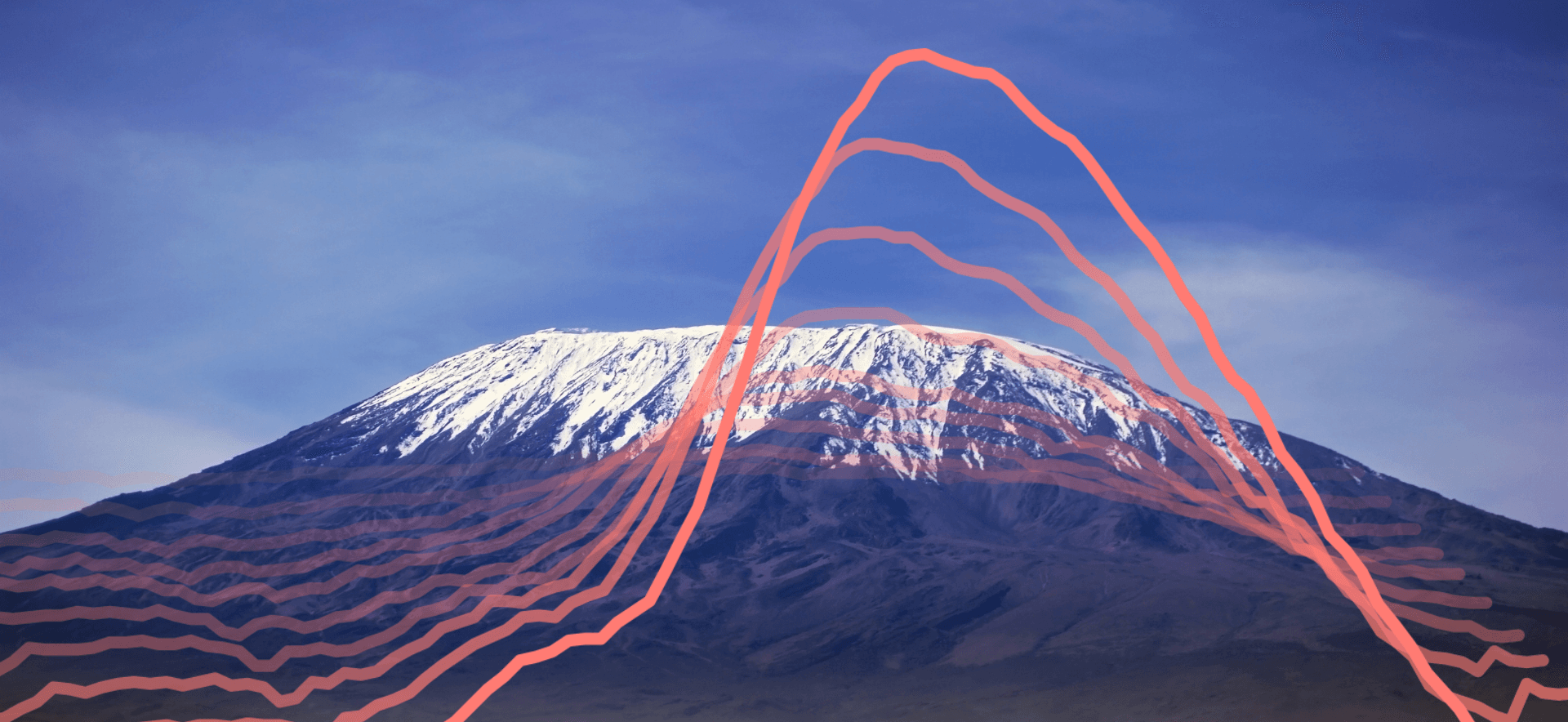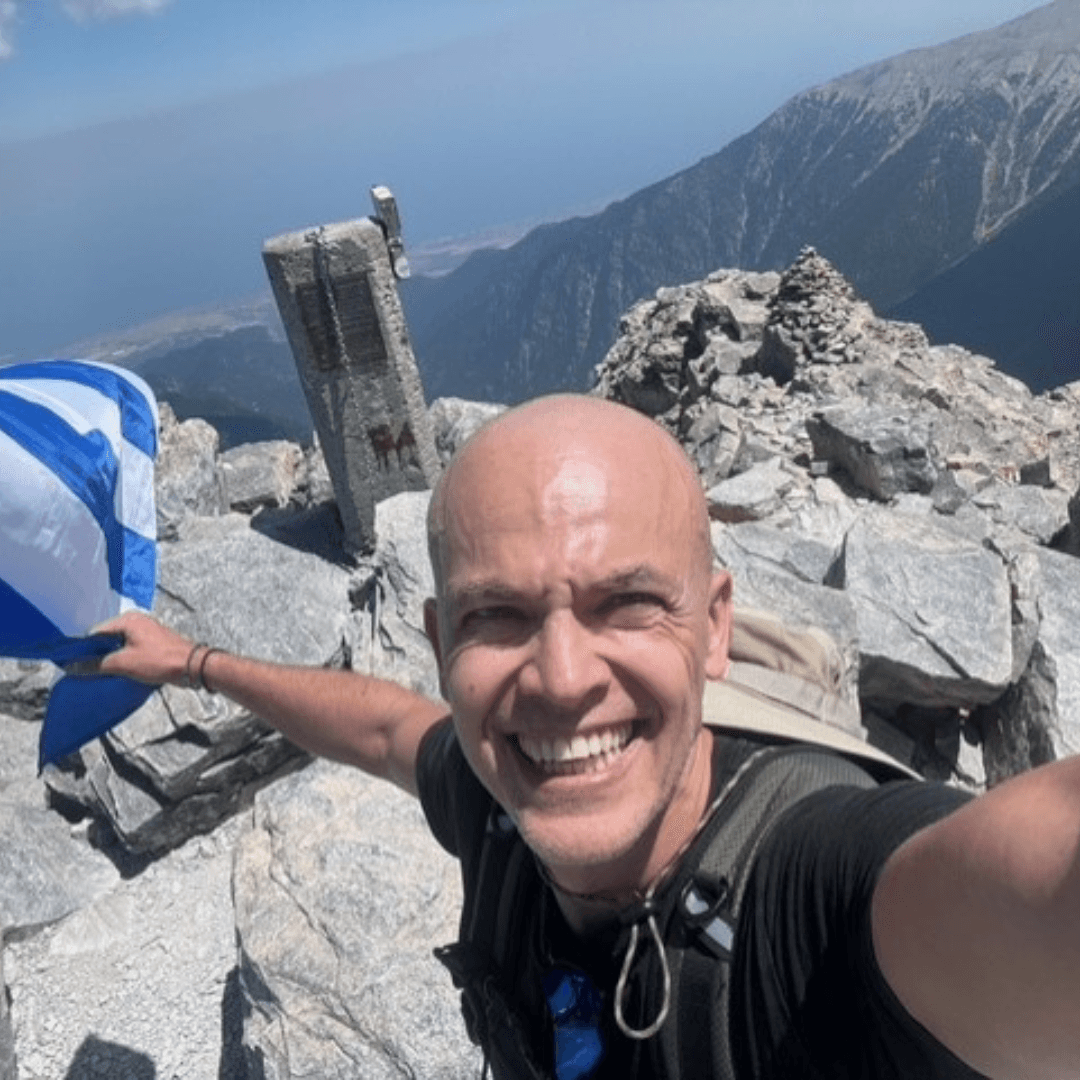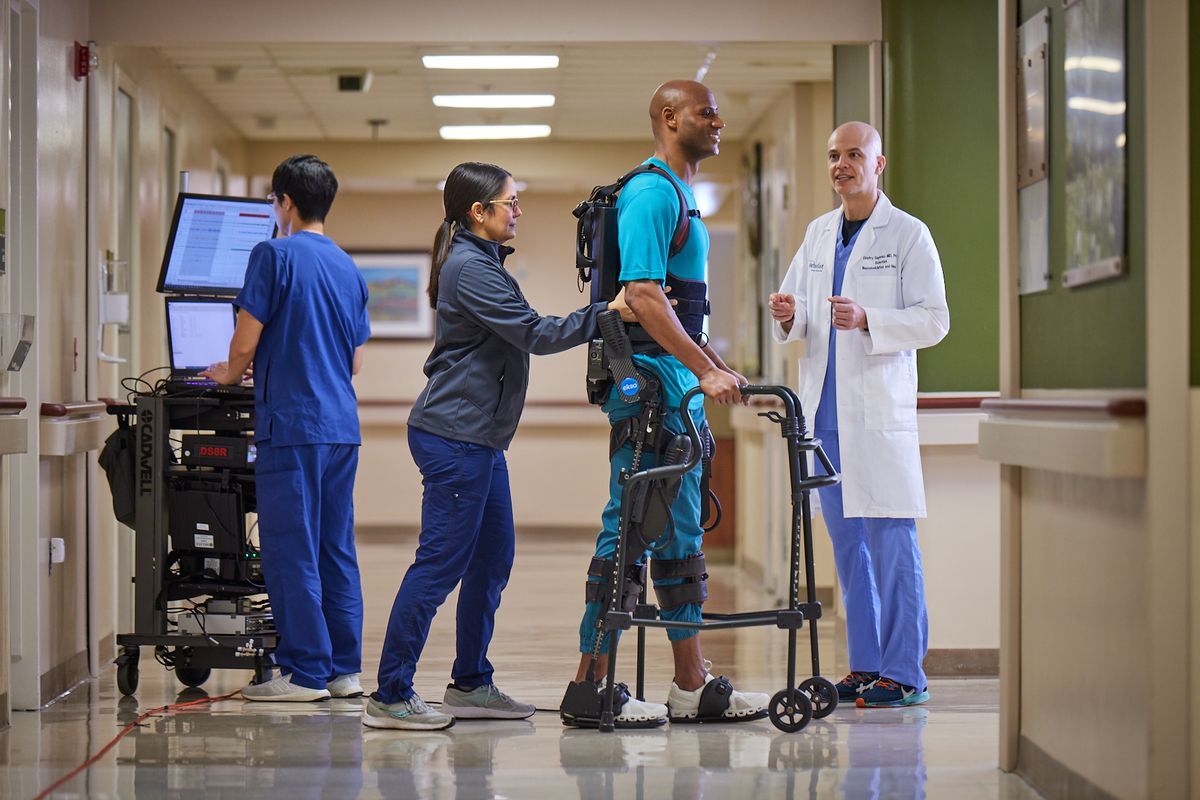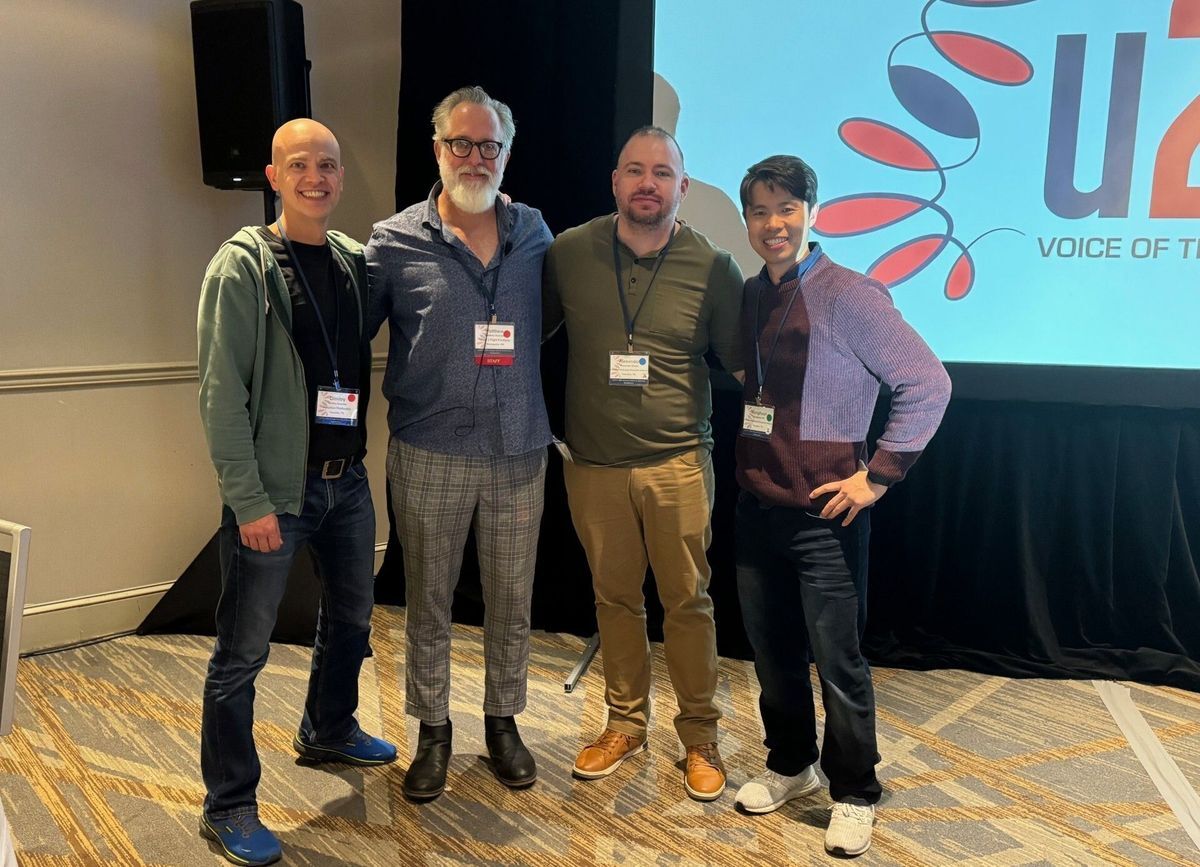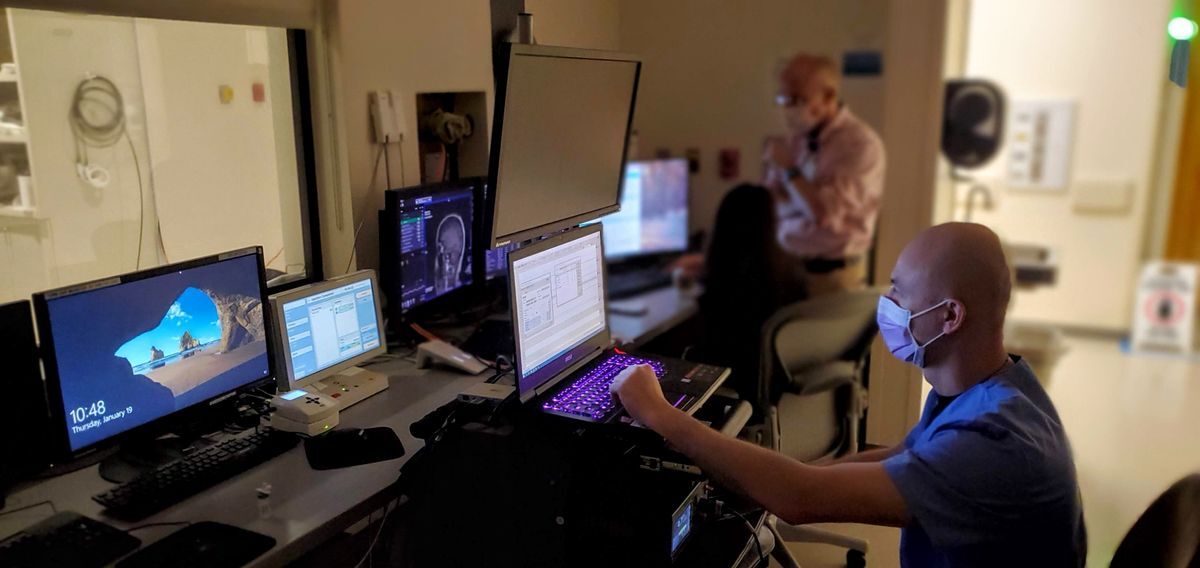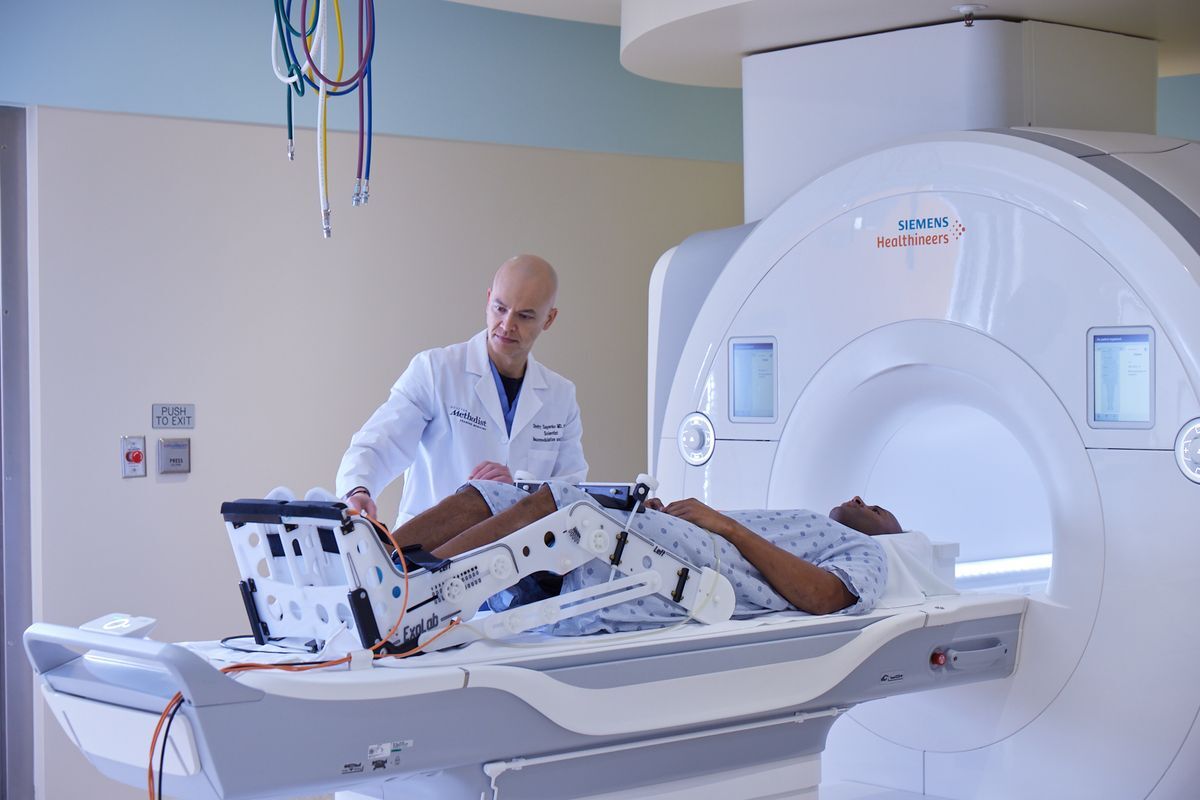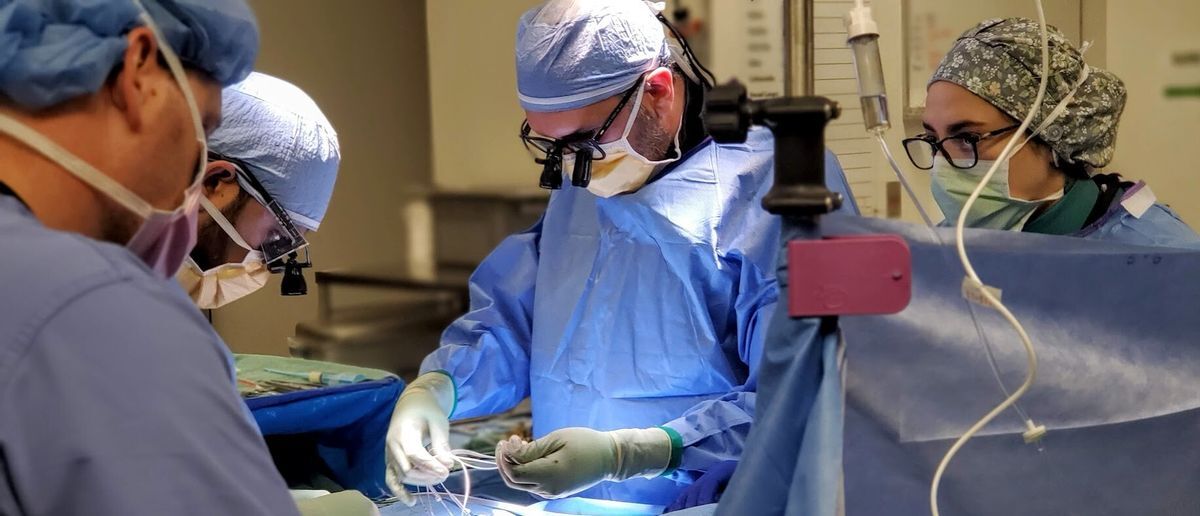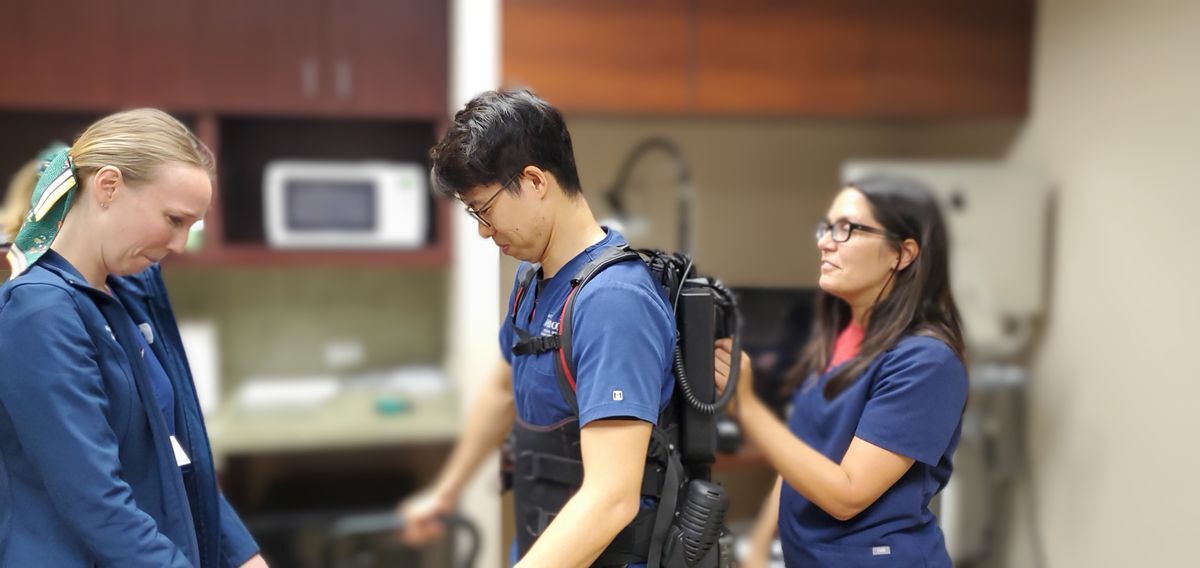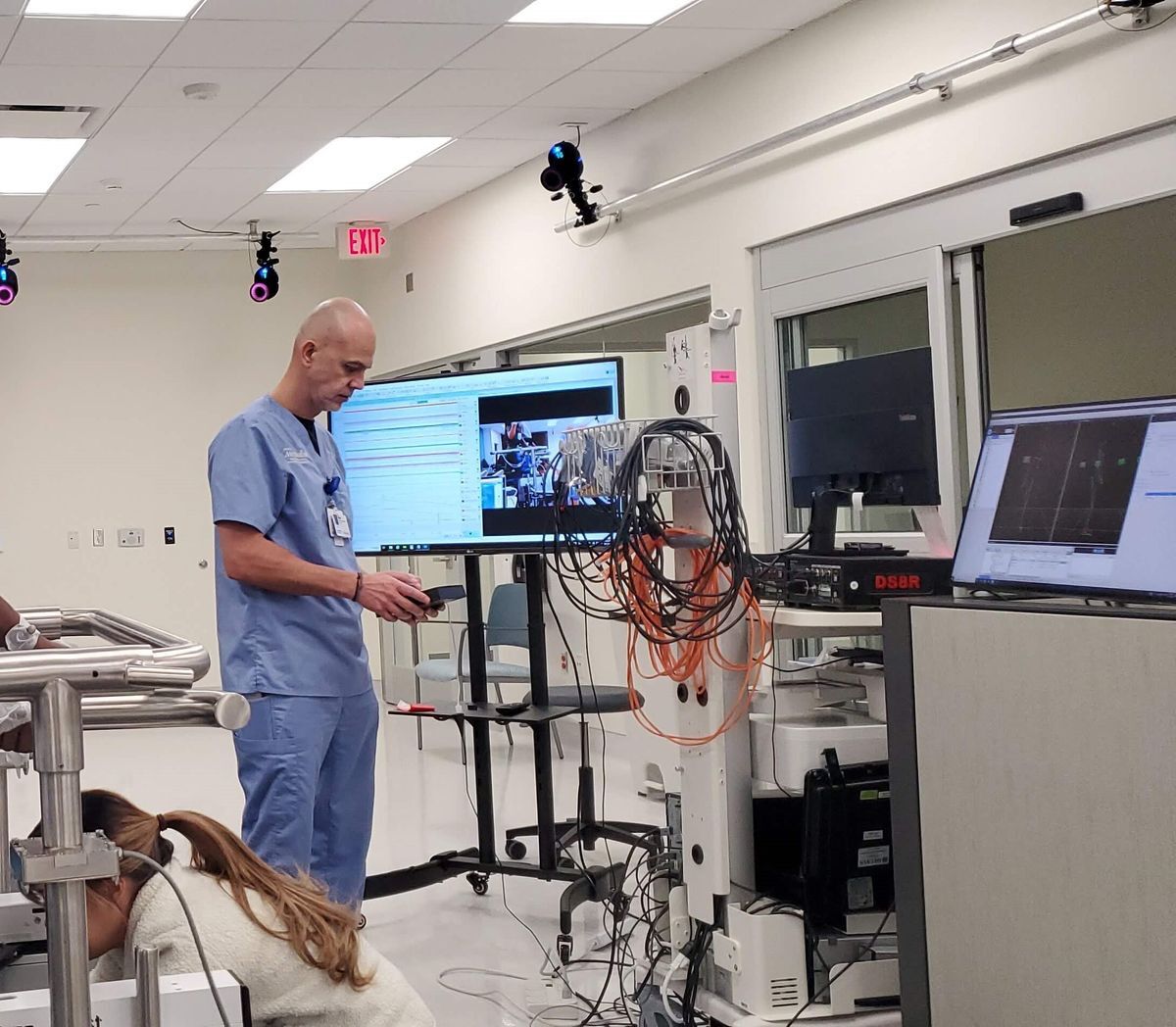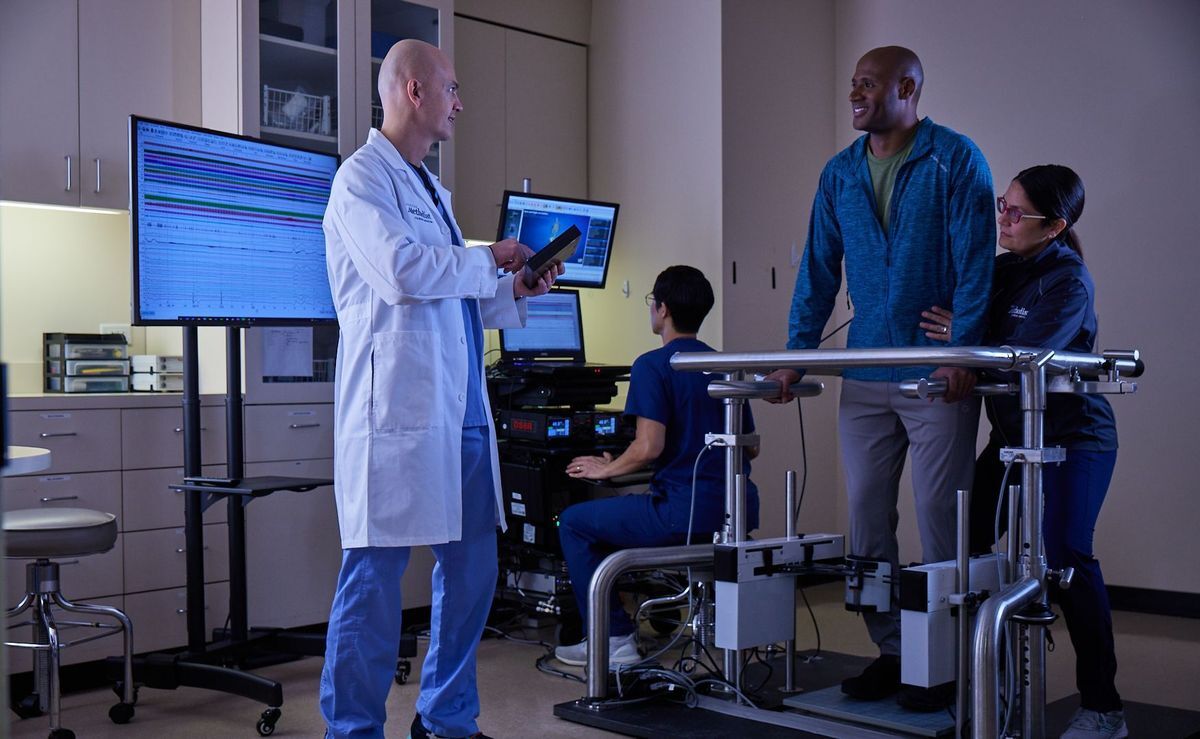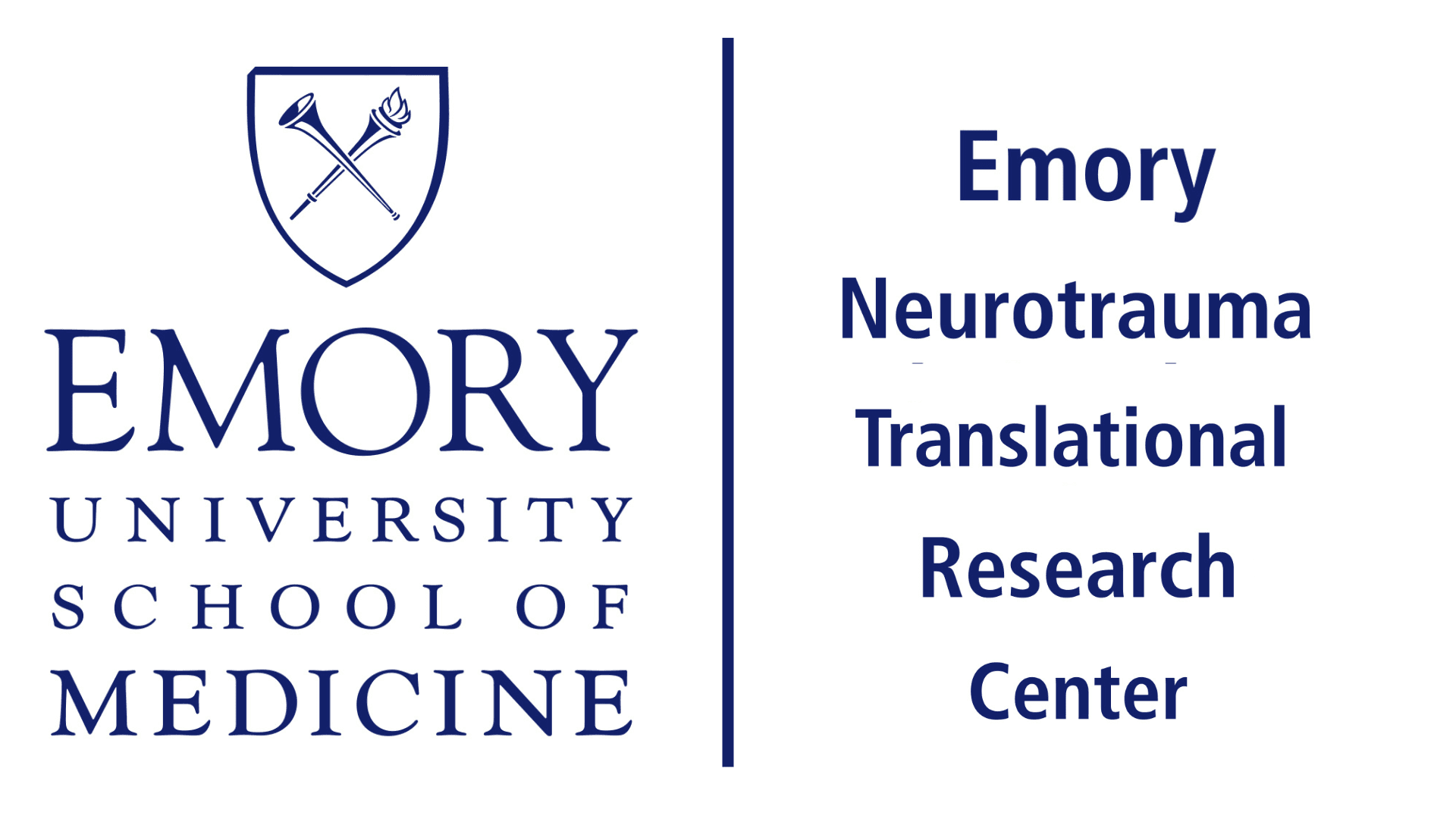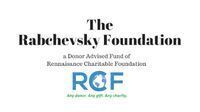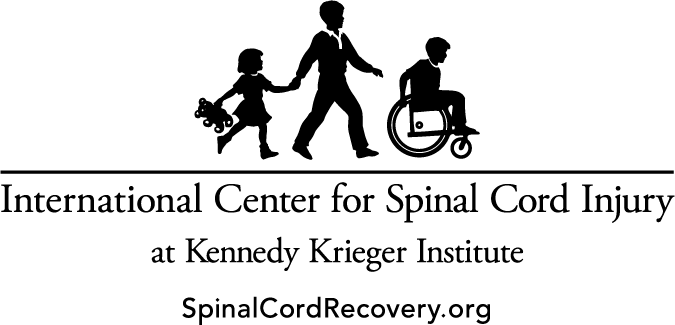Peak 2 Peak
Support Dr. Dimitry Sayenko and his team of scientists, researchers, and advocates as they climb Mount Kilimanjaro in Tanzania to raise $100,000+ for spinal cord injury (SCI) rehabilitation in East Africa.
By raising $100,000+ they will be able to:
- Provide essential rehabilitation equipment – wheelchairs, crutches, walkers, and other basic mobility aids – for Kilimanjaro Christian Medical Centre in Tanzania. Importantly, this effort will support local organizations, such as Kyaro Assistive Tech , ensuring our work is community-driven and sustainable (~$30,000).
- Purchase 3 to 4 high-quality stimulators to deliver transcutaneous spinal stimulation (TSS) – a promising therapy that helps improve motor and autonomic functions after SCI (~$20,000).
- Provide advanced neuromodulation and electrophysiology equipment, helping launch Africa’s first dedicated spinal stimulation research lab for SCI (~$50,000).
This equipment will be distributed to the Center for Research of Brain and Mind at the Nelson Mandela African Institution of Science and Technology to promote research on SCI. Too often, talk about SCI advocacy comes primarily from a global north perspective. We all need to remember there are millions in our SCI community who live in the global south.
This climb symbolizes the challenges faced by individuals with SCI – and our commitment to overcoming them.
Raising Awareness
This isn’t just about one-time donations or a single initiative. Raising awareness is the first step toward lasting change.
In light of recent cuts to NIH and DoD funding and growing uncertainty around research support in the US, many of us are feeling the impact of shrinking resources. But for millions living with SCI in the global south, including across Africa, limited access to care and innovation has long been the norm – not the exception.
By highlighting the need for SCI rehabilitation and research in East Africa, we can build momentum for sustainable solutions, including expanding access to affordable neuromodulation therapies in low-resource settings, fostering global collaboration among researchers, clinicians, and industry leaders to develop long-term rehabilitation programs, attracting funding to support SCI research and local innovation, and establishing an ongoing pipeline for equipment donations, training, and research partnerships to ensure this effort continues well beyond a single campaign.
By turning awareness into action, we are not just funding equipment – we can change the landscape of SCI rehabilitation in East Africa, and beyond.
This climb is just the beginning. With your help, we can ignite a movement that continues far beyond the summit.
The U2FP Connection
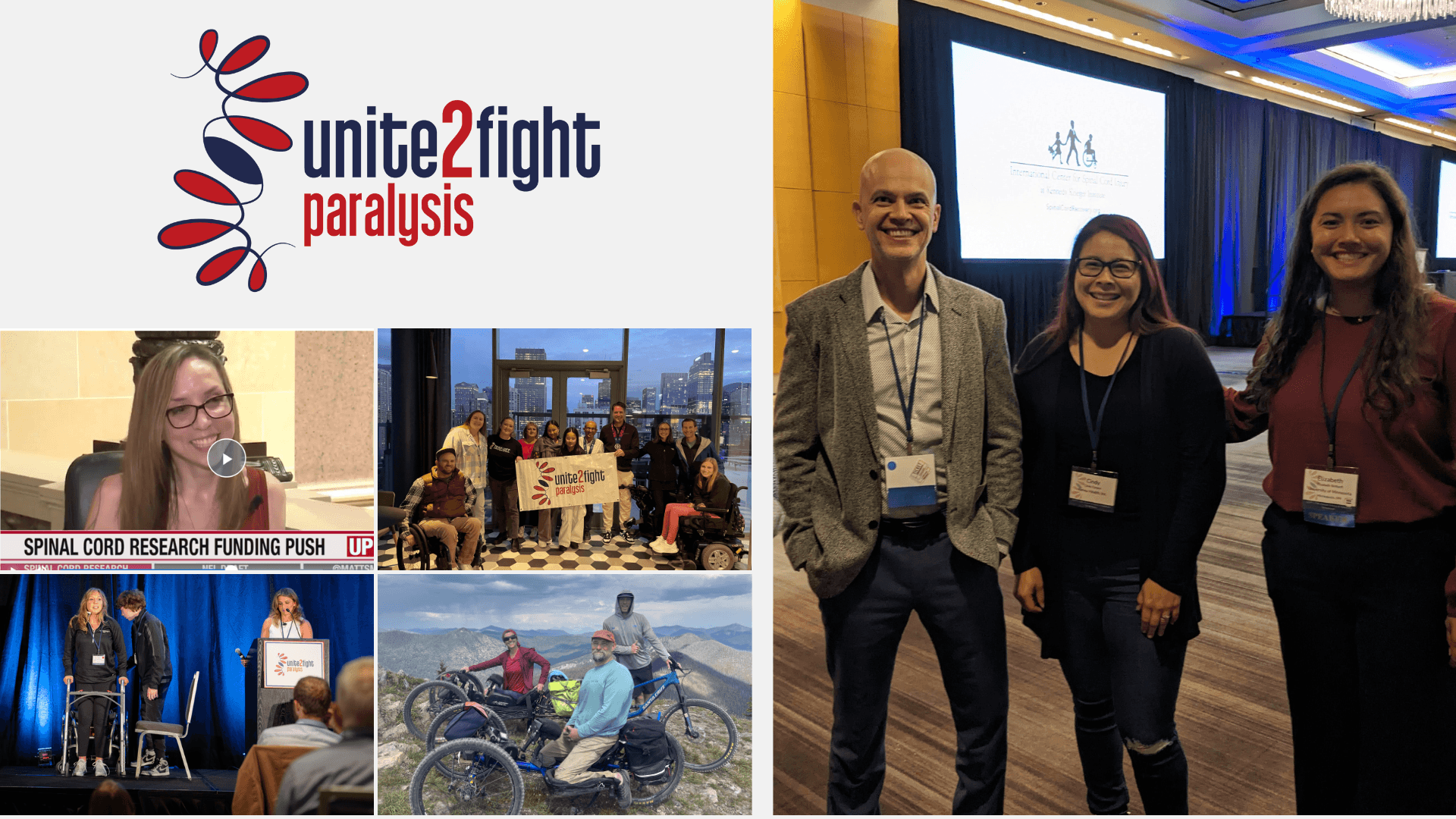
Dr. Sayenko was proud to be a part of U2FP's 19th Annual Symposium in Atlanta last year (pictured at right with clinical kinesiologist Cindy Lopez and SCI researcher Dr. Elizabeth Bottorf). "U2FP does so much to push for functional recovery after SCI," said Dr. Sayenko. "I knew they would make the perfect partner."
Dr. Sayenko recognized that Unite 2 Fight Paralysis (U2FP) is well known for our advocacy, research funding, and community-driven initiatives aimed at advancing functional recovery for individuals with SCI. U2FP's commitment to bridging the gap between scientific advancements and real-world accessibility makes us an ideal partner for Dr. Sayenko's campaign.
U2FP is providing Dr. Sayenko and his team our platform to run this fundraising campaign, amplifying their reach and impact. This collaboration is especially exciting because our missions align – we both believe that access to cutting-edge SCI therapies shouldn’t be dictated by geography or financial means.
What makes this effort even more unique is its global reach. U2FP is headquartered in Minnesota, while Dr. Sayenko is based in Texas. Together, we are working to bring neuromodulation technology to East Africa. This initiative isn’t just about equipment – it’s about connecting people, expertise, and resources across continents to make meaningful change. We have a powerful opportunity to raise awareness, build capacity, and create lasting hope for individuals with SCI in Tanzania and beyond.
The Backstory
This story began in mid-2024 when Dr. Sayenko's friend and colleague, Dr. Adam Thrasher, said he was heading to Tanzania for a Fulbright U.S. Scholarship to teach at the Nelson Mandela African Institution of Science and Technology and promote research on SCI. It sounded like an incredible opportunity, but when Dr. Sayenko asked whether he would be using TSS – one of the most promising therapeutic tools for SCI rehabilitation – he said he didn’t have the resources to make it happen.
That didn’t sit right with Dr. Sayenko.
Why should spinal stimulation – which is advancing rehabilitation in the U.S., Canada, and Europe – be out of reach for people in Africa?
So, Dr. Sayenko reached out to companies that produce electrical stimulation devices, hoping to receive donated equipment for this cause. To his surprise, he hit a wall. On the one hand, it makes sense – small companies need to prioritize markets where their products can sell. But what about those who can’t afford the technology? Are they just left behind?
The Reality of SCI in Africa
SCI research and rehabilitation overwhelmingly focus on high-income countries, yet the need extends far beyond. According to the World Health Organization (WHO), an estimated 15.4 million people worldwide live with spinal cord injuries. The U.S. alone has over 305,000 individuals with SCI, with 18,000 new cases every year.
And Africa?
The truth is, we don’t even have great numbers. Some estimates suggest 180,000 to 250,000 people in Africa live with SCI, with 10,000 to 20,000 new cases occurring annually. But who is keeping count? More importantly, who is helping them?
Isn’t this shocking that the drive for SCI research and rehab currently comes from just 2% of affected individuals, based on U.S./Canada incidence rates? Imagine what could be achieved if we expanded this reach beyond high-income countries. It’s time to change the narrative – not just for research, but for real people whose lives could be transformed.
About Dimitry Sayenko
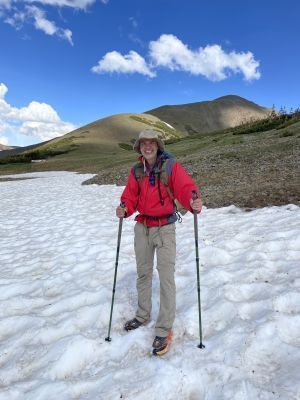
I was born in southern Russia, near the border with Ukraine—which explains my Ukrainian last name. I spent most of my life in Moscow, where I earned my MD degree in 1996. While I initially trained as an MD, my passion for research led me down a different path, and I was fortunate to devote nearly a decade of my career to Aerospace Medicine and Gravitational Physiology. My work was focused on sensorimotor deficits in astronauts and strategies to maintain crew health during space missions. In 2005, I earned my PhD with a dissertation on the effects of microgravity on postural control in cosmonauts and astronauts, which set me on an international path. I continued my research in Japan as a postdoc at the National Rehabilitation Center (2006–2008) before moving to Canada to work at the
Toronto Rehabilitation Institute (2008–2012). From 2012 to 2014, I was a faculty member at the University of Louisville and the Frazier Rehab Institute, where I investigated the mechanisms of neuromodulation using epidural spinal stimulation after SCI. I then continued this work at UCLA (2014–2018), focusing on transcutaneous spinal stimulation to restore sensorimotor function in individuals with SCI.
Currently, my research at the Houston Methodist Research Institute explores the mechanisms and effects of both epidural and transcutaneous spinal stimulation in driving sensorimotor recovery after SCI. With an exceptional team by my side [team photo], I work across the full spectrum of spinal neuromodulation, including upper and lower limb neuromodulation, spinal stimulation combined with robotics, and preclinical experimental models [more photos]. My work is driven by a commitment to understanding how spinal stimulation works, because without uncovering its mechanisms, we’ll never fully harness its potential—we’ll just keep scratching the surface. After all, you can’t fix a watch without understanding how it works.
Outside of the lab, I’m passionate about exercise, hiking, and mountain climbing. I can’t rest until I’ve reached the highest peak on the horizon!
About Adam Thrasher

Adam Thrasher is a Fulbright Scholar who was born in Canada. He studied mechanical engineering and biomedical engineering at the University of Alberta where he discovered his passion for SCI research, and applying novel engineering approaches to solving neurological problems. He further pursued this passion at the University of Toronto as the first post-doctoral fellow of the Canadian Paraplegic Association. In 2006, Dr. Thrasher moved to Houston, TX, accepting a faculty appointment at the University of Houston. A founding member of the Center for Neuromotor and Biomechanical Research (CNBR), Dr. Thrasher expanded his research to include treating Parkinson’s Disease with innovative neuromodulation applications. He is a leading expert on the use of electrical stimulation technologies to treat severe neurological disorders.
In 2023, Dr. Thrasher began working with researchers at the Nelson Mandela African Institute of Science and Technology (NM-AIST) in northern Tanzania on projects aimed at studying brain signals in East Africa. He is currently on sabbatical, working closely with Dr. Sr. John-Mary Vianney and her team at the Centre for Research of Brain and Mind (CEREBRAM). They are analyzing data from over 5000 people across a wide diversity of Tanzania’s tribes, populations and geographies to better understand the environmental impacts on brain and mind. In his spare time, Dr. Thrasher enjoys learning to speak Swahili, hiking, canoeing, and exploring the natural beauty of East Africa.
